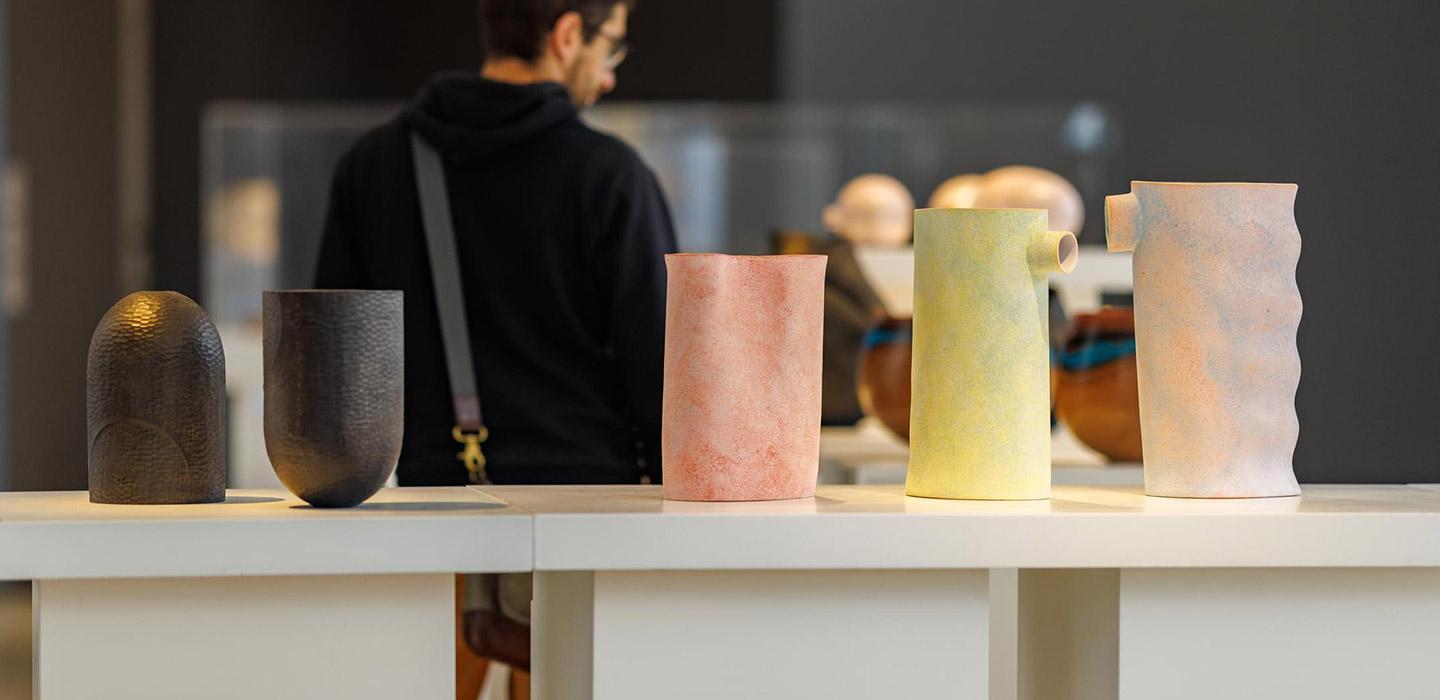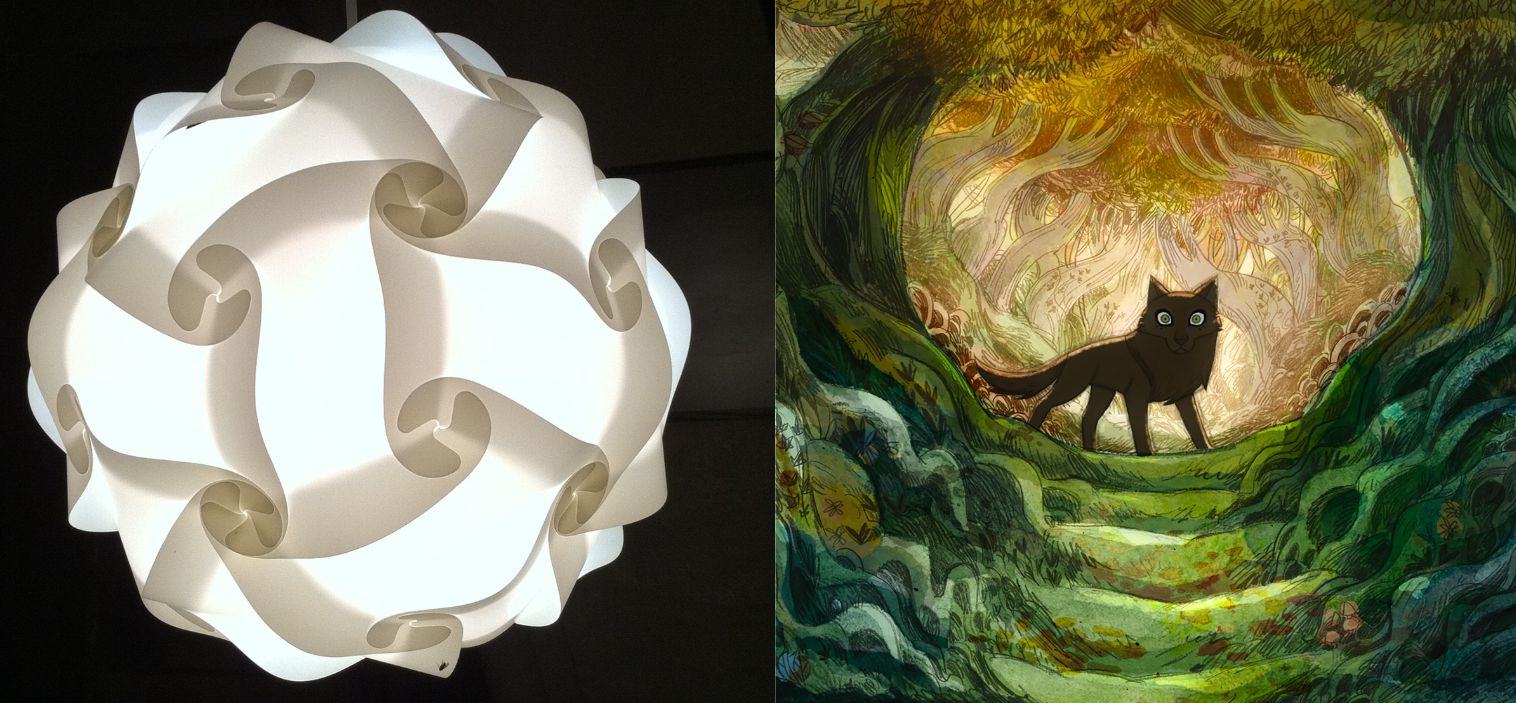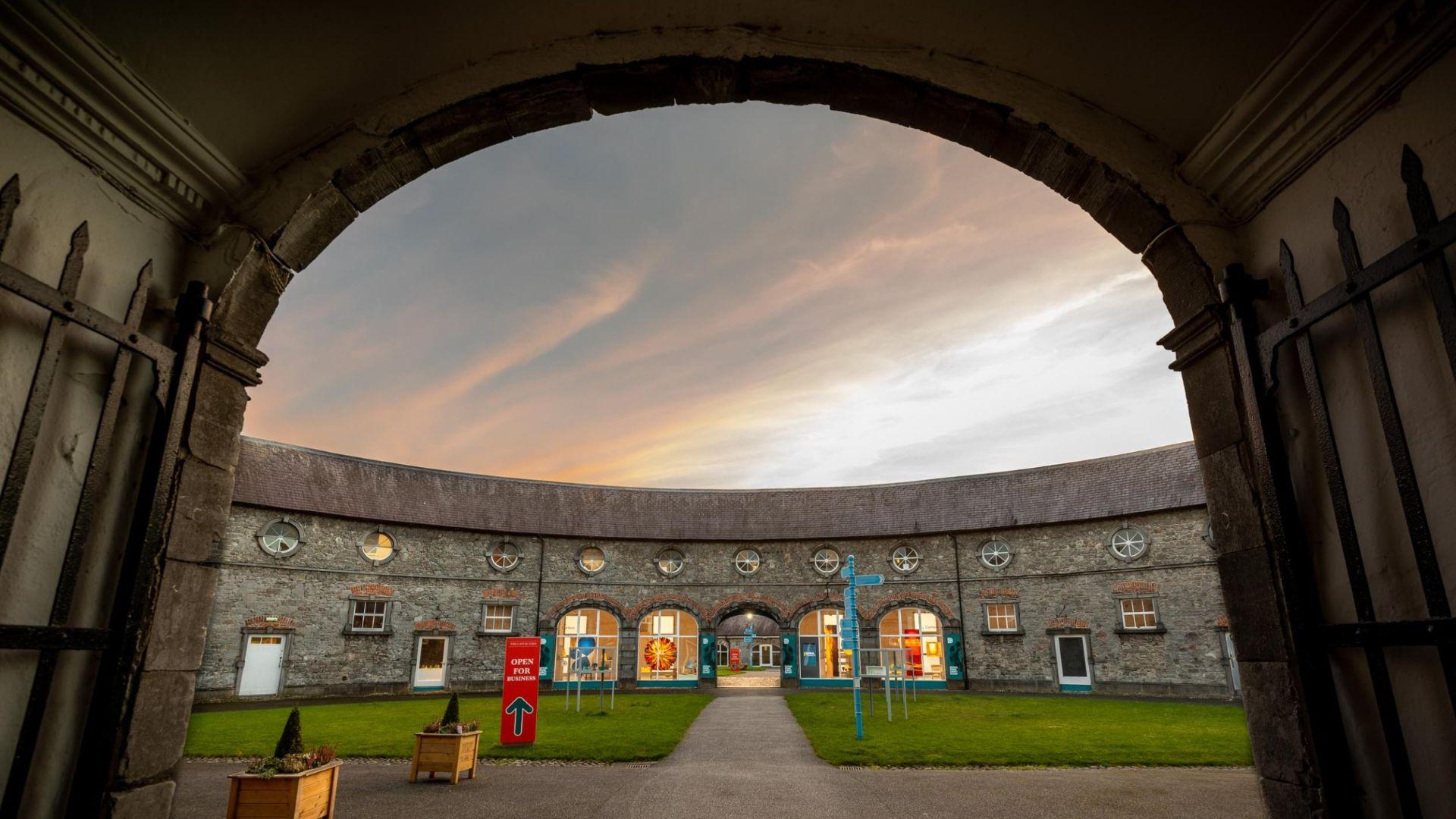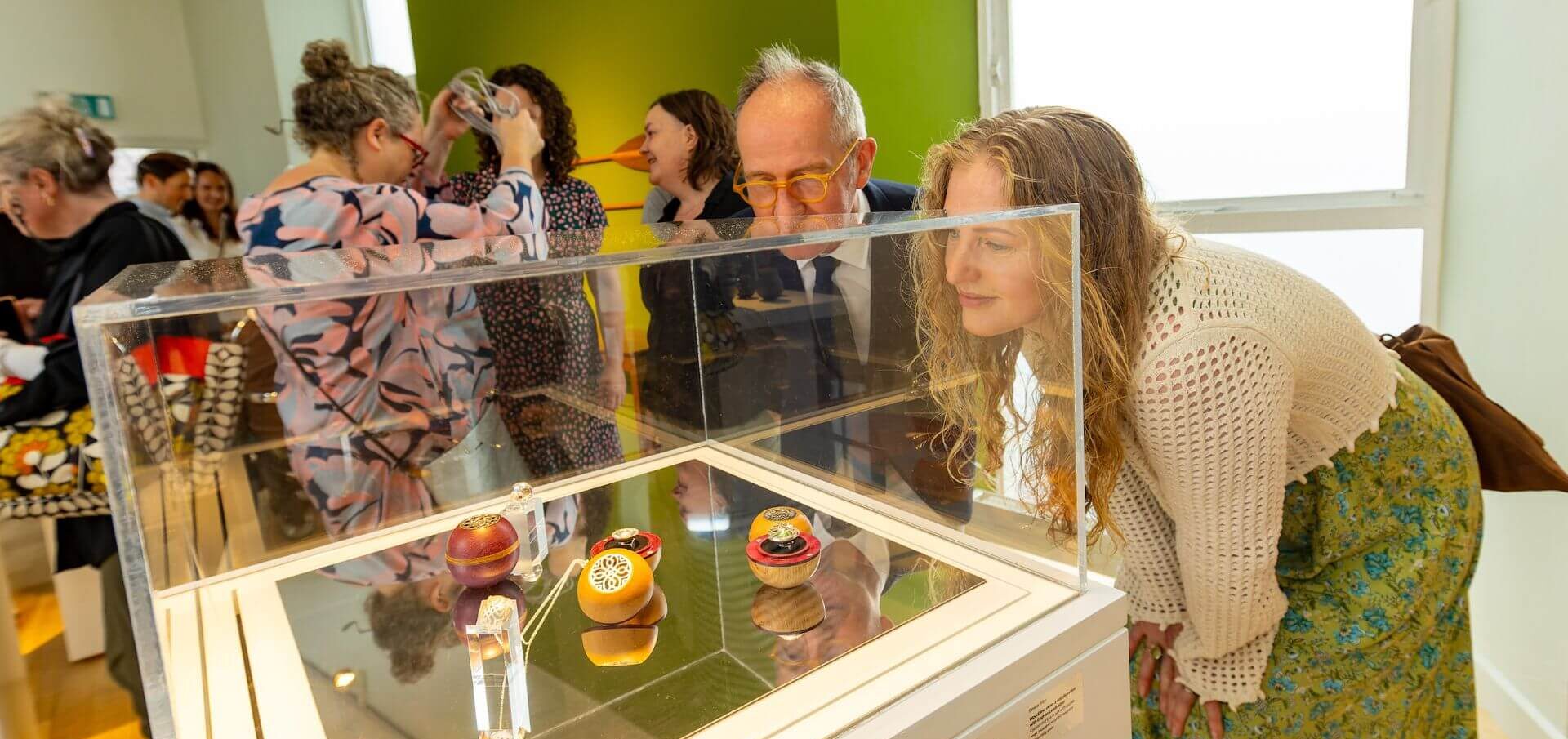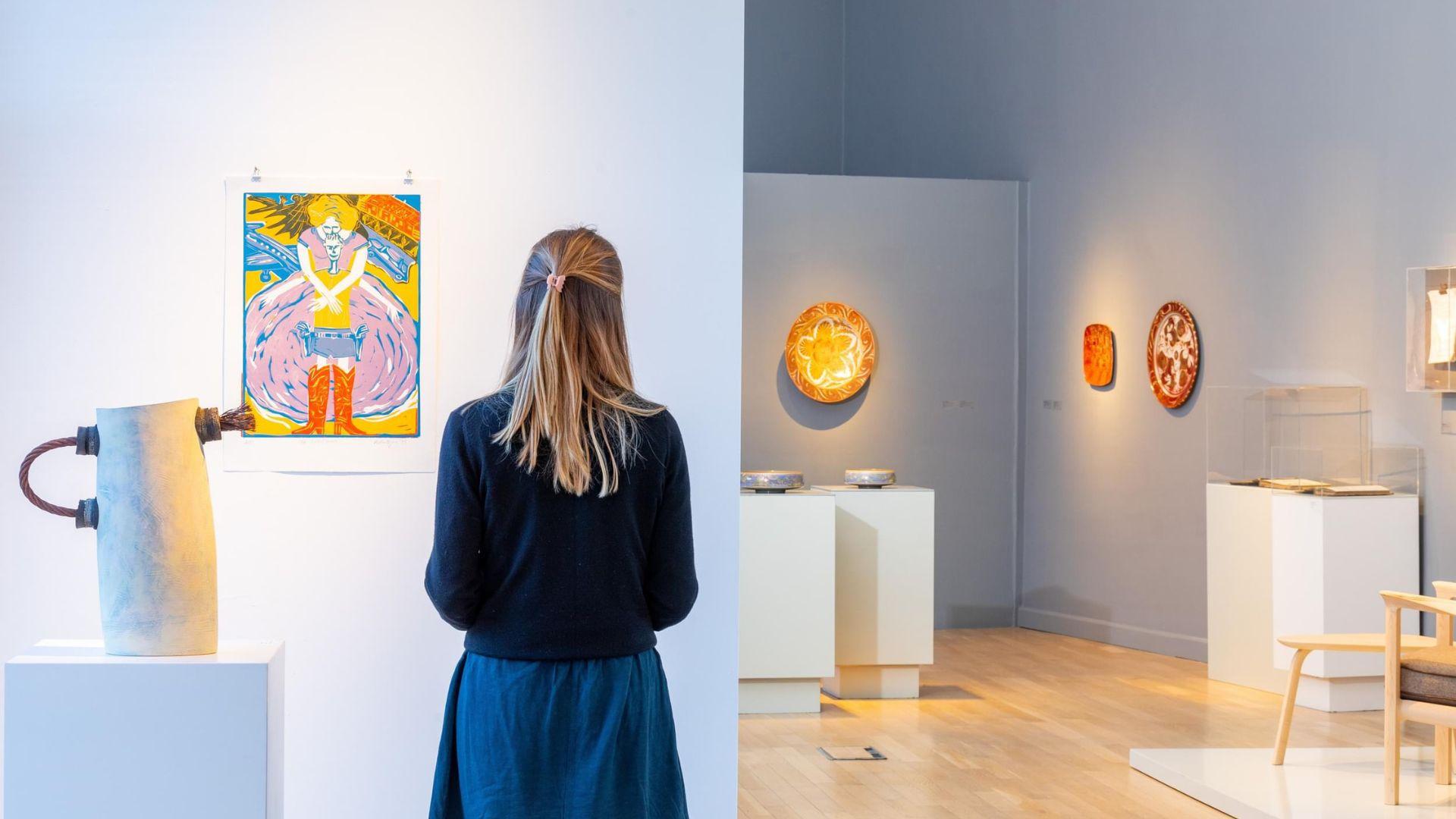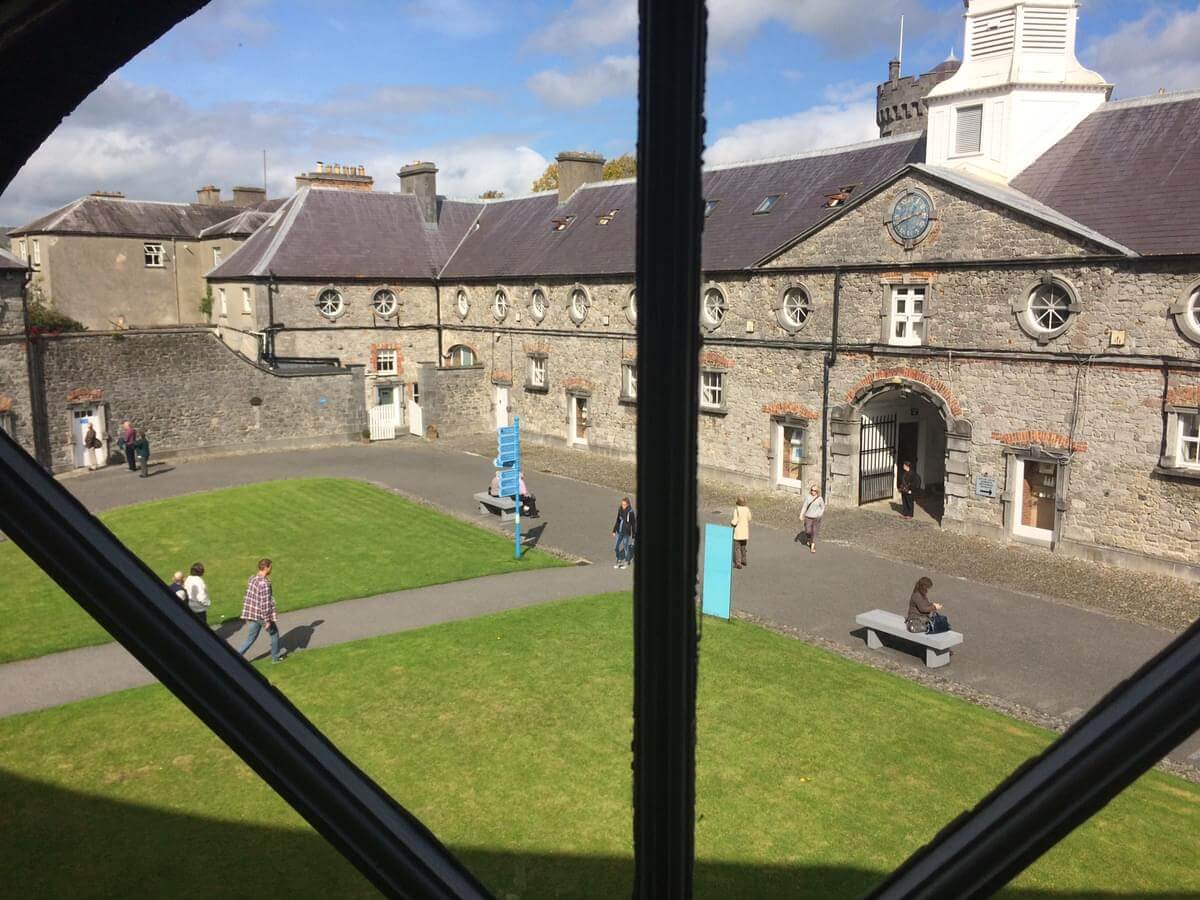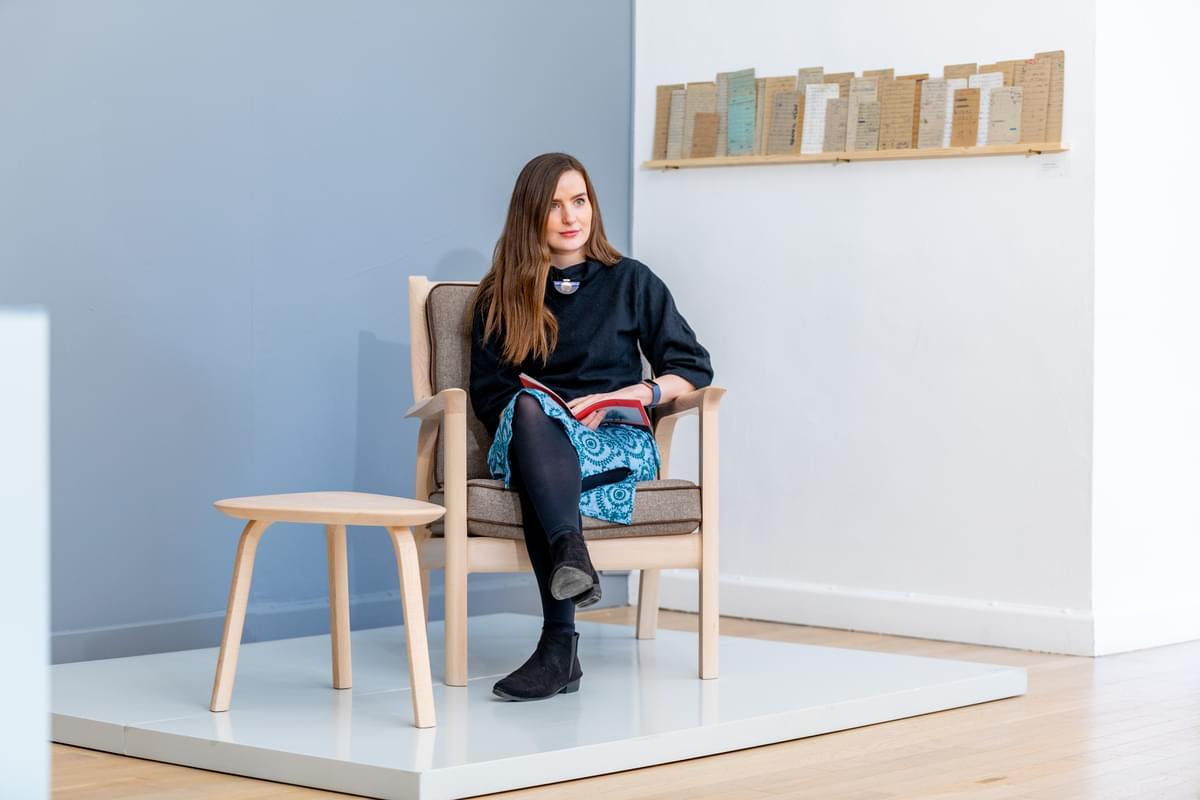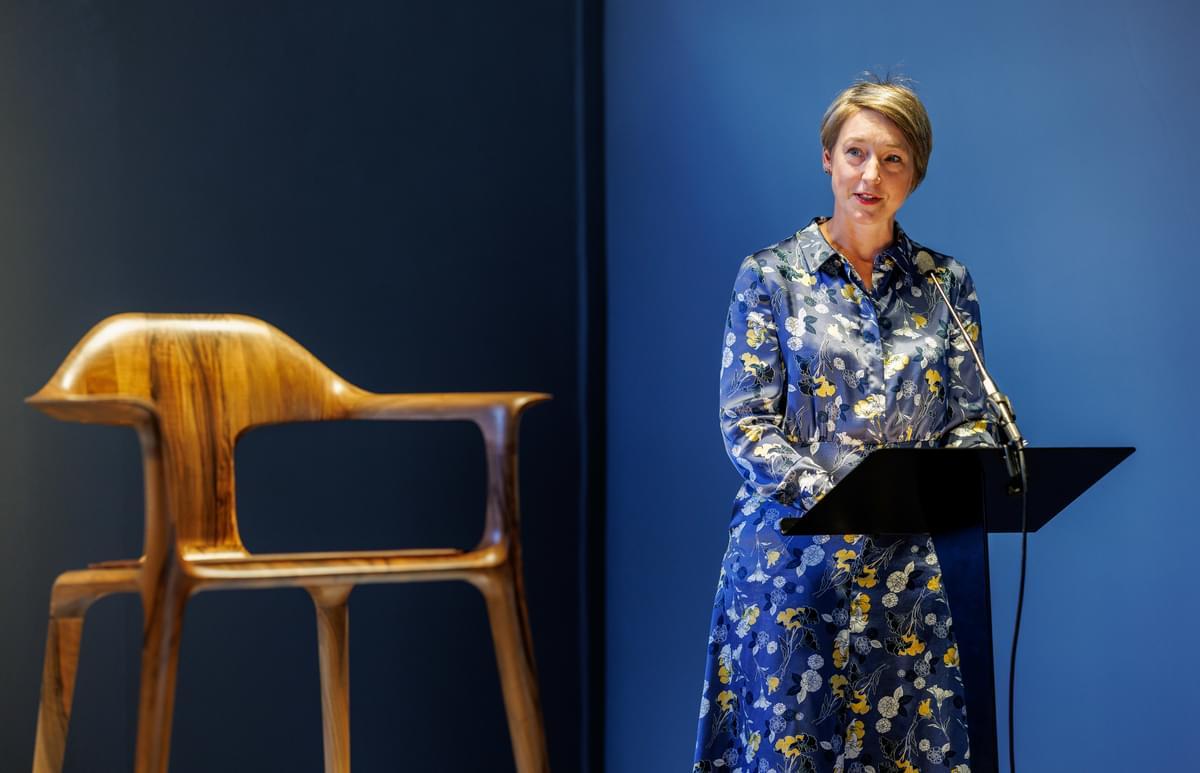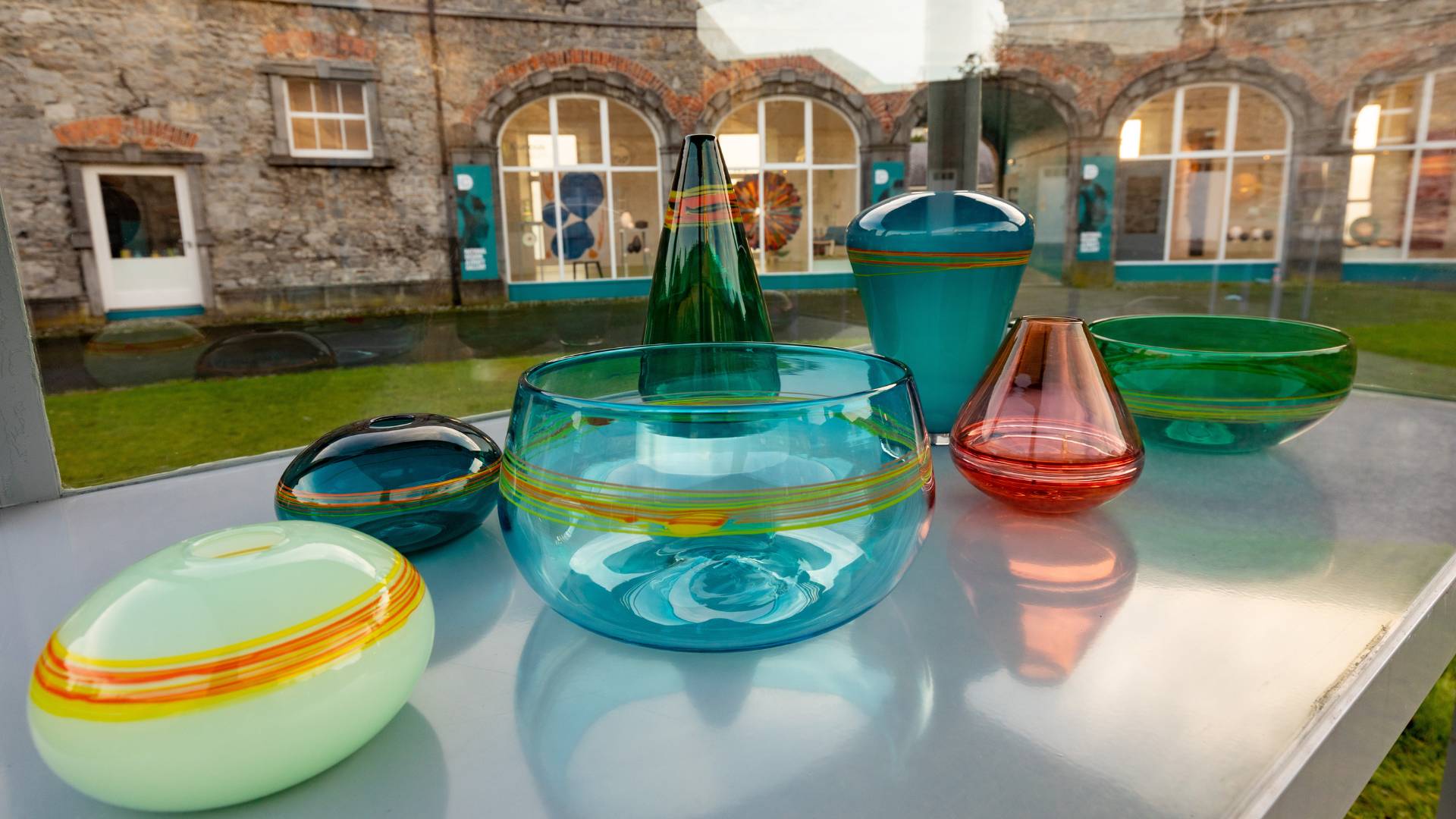Located in the heart of Kilkenny, DCCI Gallery exhibits a diverse range of works by established and emerging Irish designers and makers. We inspire appreciation, creativity and innovation, and play a critical role in building and understanding of craft and material culture in Ireland.
Things to do at Castle Yard
- Stroll around the 18th century Castle Yard
- Shop for everything from stunning handcrafted jewellery to intricate textiles and ceramics
- Watch crafts being made
- Browse unique displays housed in former 18th century stables
- Wander into the heart of Kilkenny city
- Explore the neighbouring Kilkenny Castle
About DCCI Gallery
